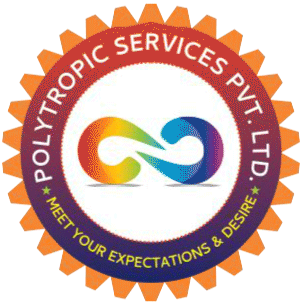ABOUT THE PROGRAMMING LANGUAGE:

Programming languages are one kind of computer language, and are used in computer programming to implement algorithms. Most programming languages consist of instructions for computers. Computer programming languages allow us to give instructions to a computer in a language the computer understands. Just as many human-based languages exist, there are an array of computer programming languages that programmers can use to communicate with a computer. The portion of the language that a computer can understand is called a “binary.” Translating programming language into binary is known as “compiling.” Each language, from C Language to Python, has its own distinct features, though many times there are commonalities between programming languages.
WHO CAN APPLY(ELIGIBILITY):
BCA/BSC-IT/MCA/CS Engineering/IT Engineering
Duration:
As Per College Norms
COURSE HIGHLIGHT:
- Practical demonstration for each and every module mentioned in course contents.
- All the content mentioned is covered side by side by practical’s.
- Improve your job prospects and get an edge over your counterparts.
- Covers all the basics for development of a client side technology.
- Free tools & software's used by professional designers.
- Study material to each student including books, DVD’s, and software kit.
- Hands on Demonstrations of Latest Animation Techniques & Tools.
- All study material would be provided
- All the necessary software’s would be provided.
TRAINING METHODOLOGY:
Theory, Practical (Emphasison Practical and Current Market Requirement)
WHO CAN ATTEND:
- College students seeking career in Website Development.
- Person having interest in Designing.
- Education Faculty & Staff.
